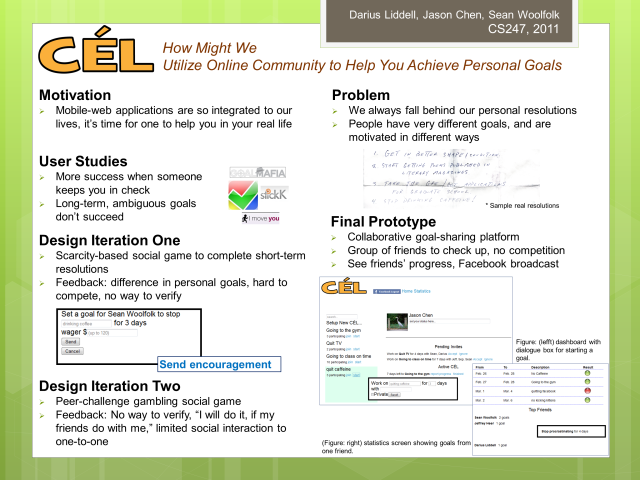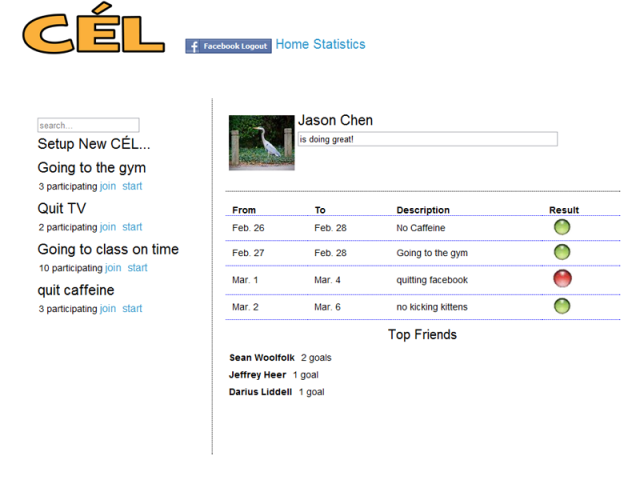This project has been particularly difficult not from the technology standpoint, but from the social and psychological aspect. Persuasive technology is difficult because each user is motivated differently; moreover, the same user can be motivated differently over different tasks.
Mobile technology has been very integrated into our lives, but we feel it is not so integrated to be able to easily change our users’ long term behavior (as they can always turn it off or never look at it again). Figuring out the motivation for the users to stay was the hardest part.
It was also hard to find a balance between seriousness and more fun design. As we want to help the users in a “real” way, but also want to keep it fun enough for them to use it. In the end we decided to go with something that was rather ambiguous — it would ultimately be up to the users to decide.
We also decided to let the users handle the verification and motivation themselves, but simply provides a platform for them to discover their friends’ endeavors but leave the initiatives to themselves.
It is possible that we could make a more powerful app by narrowing both the targeted user pool and the problem scope.
Overall, we learned a lot about users, technology and motivation, and design iterations through the many design iterations we have done.



